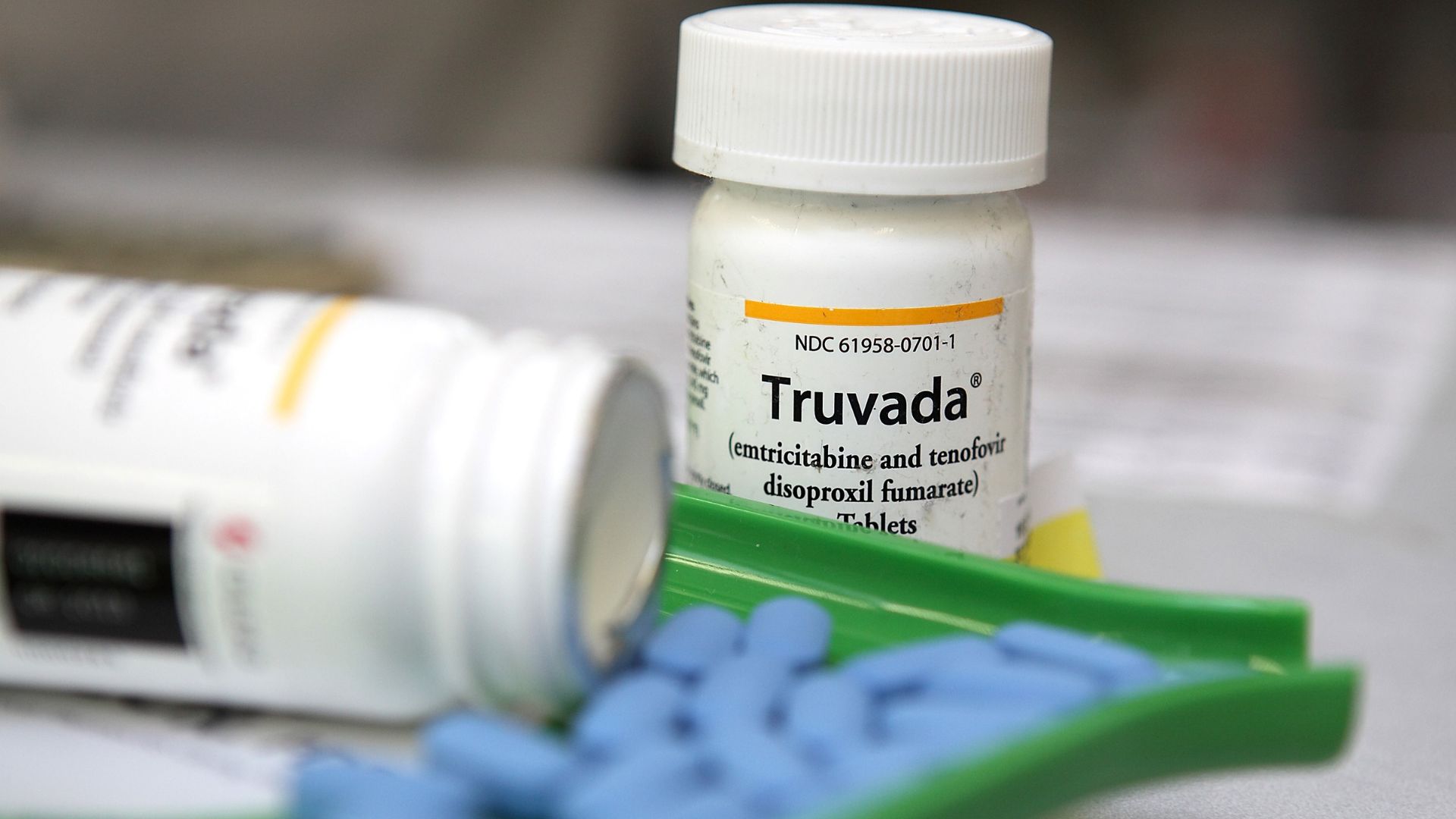
People with HIV who take medication to suppress the virus can’t transmit it through sex once its levels become undetectable in their blood, a new review of studies has confirmed.
The researchers also revealed something that had never been definitively shown: Even those with low, but still detectable levels of HIV have “almost zero” chance of spreading the virus via sex.
“These findings are important as they indicate that it is extremely rare for people who maintain low levels of HIV to transmit it to their sexual partners,” lead author Dr. Laura Broyles, an infectious-disease specialist at Grady Memorial Hospital in Atlanta and chief of programs for the Global Health Impact Group, said in a statement.
Crucially, this finding suggests that, in places with limited access to supersensitive blood tests for HIV, simpler testing methods could feasibly be used to help people track their status, she said. The results were published Saturday (July 22) in the journal The Lancet and will also be presented virtually and in Brisbane, Australia as part of the 12th International AIDS Society Conference on HIV Science (IAS 2023), which begins July 23.
Related: How are people cured of HIV? Here’s everything you need to know
HIV is treated with antiretroviral therapy (ART), which typically involves taking daily pills. (More recently, however, an injectable anti-HIV medication was approved that needs to be administered only six times a year.)
Over the past 15 years, mounting evidence has shown that, once ART lowers the amount of HIV in a person’s blood below a certain threshold, they can no longer spread the virus via sex. Below that level, they also have a reduced chance of spreading the virus by sharing injection equipment, and a lower chance of transmitting it to their kids during pregnancy or childbirth.
That threshold is 200 copies of the virus per milliliter (mL) of blood, and anything lower than that is considered undetectable. On the back of this evidence, health officials spread the word that “undetectable equals untransmittable” — a public health message often shortened to “U = U.”
Sometimes, people are put on ART but still maintain more than 1,000 virus copies/mL of blood, which presents a risk of transmission. That may be because they’ve either developed resistance to ART or haven’t adhered to the treatment regimen. However, for people with low but still detectable virus — between 200 and 1,000 copies/mL — the risk of spreading the virus was unclear.
The new review pulled data from studies published between January 2010 and November 2022 that tracked HIV transmission in couples where one partner didn’t have HIV and the other partner did. The reviewers assessed eight studies, including three clinical trials that had control groups, that together included more than 7,700 couples in 25 countries.
Across all of the studies, there were 323 instances in which HIV spread from one partner to the other, and at least 80% involved people whose virus levels exceeded 10,000 copies/mL. Only two of the transmission events occurred in people with fewer than 1,000 copies/mL, and no transmission occurred in those with fewer than 200 copies/mL.
The findings highlight the importance of viral load testing for people taking ART, but they also raise the idea that less-sensitive tests could still be useful and expand testing access in low- and middle-income countries, experts not involved in the review wrote in a commentary. “And most importantly, this study provides strong support for the global undetectable equals untransmittable (U=U) campaign,” they noted.
Still, there might be reasons to aim for undetectable levels of virus. The study does not address the personal health risks that might come with maintaining low-but-detectable levels of HIV, the commentary authors noted. And the review doesn’t address other routes of transmission, such as from parent-to-child during pregnancy or via intravenous drug use, although again, past studies suggest ART generally reduces transmission risk in these cases.
“These new findings are also significant as they indicate that the risk of sexual transmission of HIV at low viral loads is almost zero,” review co-author Dr. Lara Vojnov, the diagnostics adviser in the World Health Organization’s HIV and Hepatitis Department, said in a statement. “This provides a powerful opportunity to help destigmatise HIV, promote the benefits of adhering to antiretroviral therapy, and support people living with HIV.”
Stay connected with us on social media platform for instant update click here to join our Twitter, & Facebook
We are now on Telegram. Click here to join our channel (@TechiUpdate) and stay updated with the latest Technology headlines.
For all the latest For Top Stories News Click Here
